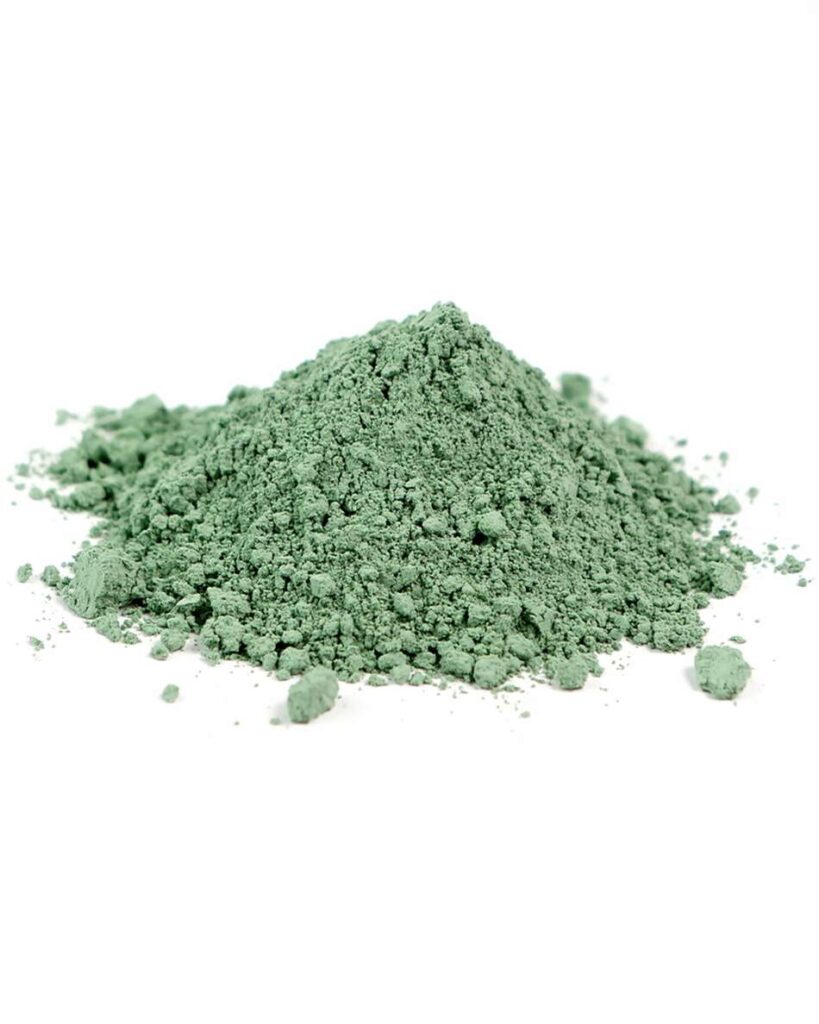
The Art and Science of Green Earth Pigments: From Ancient Minerals to Modern Paintings
Green earth pigments are derived from natural iron, magnesium, aluminum, and silica minerals. The pigment has a grayish-green hue, and its color can range from light to dark, depending on the mineral composition of the clay from which it is made. The pigment is translucent and has moderate tinting strength, making it ideal for creating subtle shades and tones. Green earth pigments are stable, unreactive, and permanent, making them ideal for use in all painting media. They are prepared by washing, grinding, and picking to remove impurities. Chemical leaching of impurities and levigation may also be used to refine the pigment. Green earth pigment is also known for its excellent lightfastness, meaning it does not fade or change color over time when exposed to light.
Two somewhat indefinite minerals, glauconite, and celadonite, are believed to be closely related and serve as the raw materials for the artist’s pigment, commonly known as terre verte. Celadonite, the rarer variety, is softer than glauconite, and both minerals likely consist of mixtures. A high-quality green earth can be found near Verona, specifically at Bentonico, north of Monte Baldo. It occurs within cavities of an amygdaloid rock and exhibits a deep olive green color in superior samples, while inferior specimens showcase a celandine or apple green hue. Green earth is sourced from various European and American locations, exhibiting variations in chemical composition. Previous analyses assumed it primarily consisted of ferrous silicate due to its greenish hue. However, more detailed studies have revealed that green earth contains only a small portion of its iron as ferric oxide and is primarily a ferric silicate. An analysis of a fine hue specimen from Monte Baldo yielded the following results:
Green earth shares similarities with hornblendes, differing mainly in the partial substitution of soda for potash and the presence of water. As an alteration product, it is unlikely to undergo further changes, particularly considering that most of the iron within it is fully oxidized.
It’s noteworthy that hornblende, although not recognized as a mineral in its own right, is a series of complex inosilicate minerals commonly found in igneous and metamorphic rocks.
Read more: Natural Pigments, Green Earth







Responses